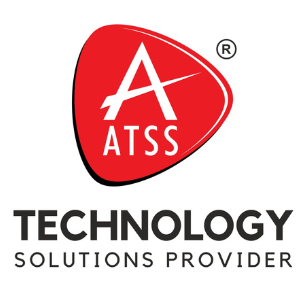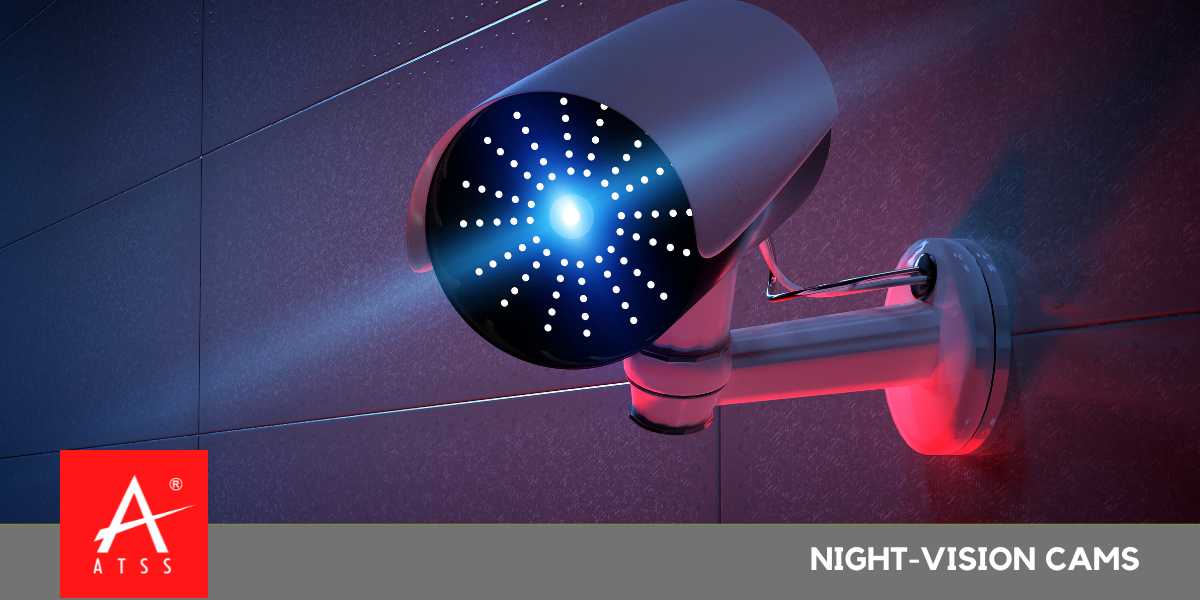IR and Low – Lux Camera Understanding Low-Lux and Night-Vision Cams
Low-lux surveillance generally refers to cameras that are able to capture images of viewable quality in low-light conditions without the need for auxiliary lights. Factors affecting performance include the combined effects of the sensors, the image processing unit, ISP/DSP, and the lens optics, all of which play a part in determining the actual performance of cameras under low-lux and night-vision conditions. The following are several ways to achieve the desired results.
Most Frequently Used: Low-Light Mode
Cameras featuring this low-light, high-sensing mode — also known as low-light, full-color mode — utilize Super HAD, Ex-view/EXTRA-View CCD, or back-illuminated CMOS sensors.
These sensors perform well in low-light conditions with good visibility and near-IR reactions. Cameras using this technology tend to perform well under various weather conditions and function as day/night cameras, as they are able to capture color images in both daytime and low-lux conditions. Generally speaking, low lux can reach 0.1 lux in color mode and 0.01 lux in black/white mode. IR illuminators providing near-IR light can be used in conjunction in 0 lux conditions, but these are generally not listed as part of the low-light, color-mode specifications.
Most of these type of cameras utilize Ex-view-HAD technology, which are capable of performing in conditions of up to 0.01to 0.001 lux. Such cameras are not only able to capture clear images, but are also able to limit noise levels in color images taken under low-lux conditions, without the need to reduce shutter speed or increase iris diameter. Hence, they are considered to be capable of achieving low-lux surveillance.
Most Convenient: Day/Night Mode
Cameras featuring day/night modes use mechanical principals and are gradually becoming more common on the market.
Most day/night cameras are labeled as colored 0.1 lux and IRC on black/white 0.01 to 0.001lux. It should be noted that since 0 lux does not really mean anything in this context, therefore, no special explanation of it is needed for low-light nighttime application. These cameras make use of near-IR light to deliver black and white images when light is reduced to a certain level — the camera switches to IR cut or to black/white mode after sensing the lower IR levels through the IR filter, and the images are converted from color to black and white.
When the IR-cut filter is removed during the conversion, however, the focus of the image is shifted. Hence, IR lenses are generally used to prevent a shifting of focus or inaccurate color displays, and to maintain consistency between the images taken during the day and at night. Although uptake of such cameras is increasing, IR lenses are higher in cost and inevitably increase investment costs for the end user. In other words, they may not be the most ideal choice for low-lux applications.
Last Resort: IR Illumination Mode
This method involves the use of an IR illuminator to light up the areas of surveillance. Apart from day/night cameras, IR cameras, as they are called, are one of the best applications for low-lux settings. The IR illuminator can either be an add-on module to the camera or be integrated in the camera housing. Since CCD and CMOS sensors already boast incredible light-sensitivity and are able to capture the majority of visible light and IR spectrum, IR illuminators enhance images in nighttime environments by allowing the image sensors to capture sharper images.
Clearer images are also captured in dark conditions because light sensitivity under black/white mode is already higher than under color mode.
IR illumination makes it possible to set up surveillance systems under 0 lux conditions. Its automatic light detection feature also allows this application to be used with either black/white or day/night cameras to enhance low-lux and night-vision surveillance capabilities.
Most Risky: Digital Slow Shutter
The last camera application is achieved through slowing down the camera’s electronic shutter speed, thereby prolonging the sensor’s exposure to light to capture brighter pictures. Sometimes known as frame-accumulation mode, it utilizes digital slow shutter technology to electronically “accumulate” frames captured in inadequate lighting to build a clearer image. For example, an aperture setting of f1.2 to 1.4 captures enough frames in low-light conditions to reach 0.001lux. For some, this is a simple yet reliable way of achieving results in low-light conditions. However, DSS technology is best used in low-light conditions with fixed cameras and in environments with minimal light changes; under other conditions blurred or lagged images are more likely to occur.
Consequently, it is most suitable for sites where there is minimal movement and the use of IR or auxiliary lights are prohibited. The four aforementioned products can serve as a basis when considering and selecting products for low-light and night-vision applications. The next step is to discuss the installation so that the best results are achieved.

